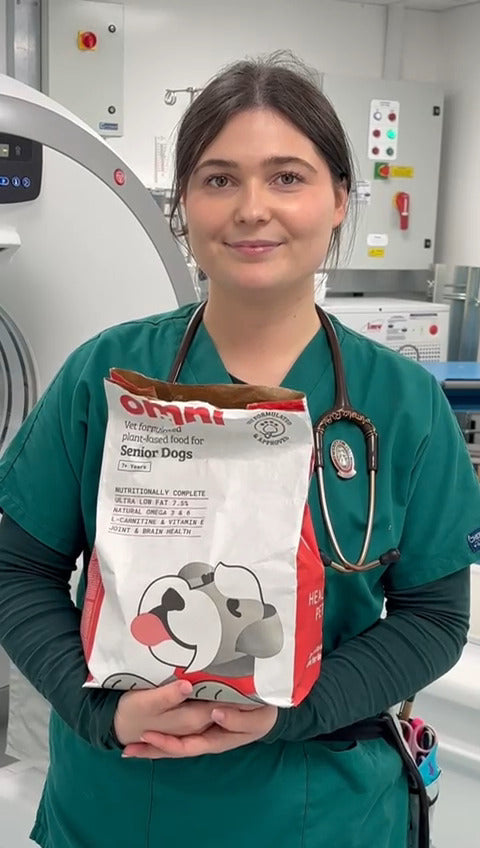Study Proves Definitively That Dogs Are Nutritional Omnivores

A study published in the journal Nature has found that dogs evolved 10 genes that allow them to digest plant-based foods and that this occurred tens of thousands of years ago.
Like humans, they underwent genetic changes to adapt to a diet with more starch, researchers report. They say the change suggests that the rise of agriculture and the domestication of dogs might have gone hand in hand.

The finding comes from a genome-wide analysis of differences between a group of 60 dogs and a group of 12 wolves from around the world, one of the first such searches ever done for dogs.
"Only some years ago, a study like this would have been impossible due to sequencing costs," the study author Axelsson explained. "
Co-evolution with humans
Dogs are thought to have diverged from their wolvish ancestors tens of thousands of years ago, helped along by their proximity to ancient humans. Some experts would even say that humans co-evolved with domesticated animals. Past research has shown that wild breeds such as silver foxes can be turned into docile doglike creatures over the course of just a few generations.
The international research group found 36 regions of the dog genome that showed signs of evolutionary adaptation, either because they were so different from the wolf genome, or because the genetic signature became so common among different breeds of dogs.
A large proportion of these genes were related to starch digestion and fat metabolism. Genetic variants within these genes were selected to aid adaptation from a mainly carnivorous diet to an omnivorous starch-rich diet during dog domestication.
The genetic changes enhanced a dog's ability to break down starch by secreting an enzyme known as amylase from the salivary glands and pancreas. Wolves don't secrete nearly as much amylase, and thus they don't tend to eat starchy foods.
This adaptation likely allowed dogs to become more efficient at scavenging, That is, only dogs that could make good use of the scarce and mixed leftovers survived to become the ancestors of dogs.
This builds on an existing body of evidence that shows dogs have Type D taste buds, which are not found in obligate carnivores, and these respond to ‘‘fruity-sweet’’ compounds. Starch is the main carbohydrate stored in plants and unlike obligate carnivores, dog saliva contains the enzyme α−amylase that is needed to digest starch. Dogs also have high glucokinase activities in their liver, similar to omnivores rather than carnivores. Glucokinase is an enzyme needed to breakdown glucose.
References:
VonHoldt BM, Pollinger JP, Lohmueller KE et al (2010) Genomewide SNP and haplotype analyses reveal a rich history underlying dog domestication . Nature 464:898–903
Contreras-Aguilar MD, Tecles F, Martínez-Subiela1 S, Escribano D, Jesús Bernal L, Cerón JJ . (2017) Detection and measurement of alphaamylase in canine saliva and changes after an experimentally induced sympathetic BMC Veterinary Research (2017) 13:266 DOI 10 .1186/s12917-017-1191-4
Ballard, F .J . Glucose utilization in mammalian liver . Comp . Biochem . Physiol . 1965, 14, 437–443







 85 Great Portland Street, 1st Floor, London, W1W 7LT United Kingdom
85 Great Portland Street, 1st Floor, London, W1W 7LT United Kingdom